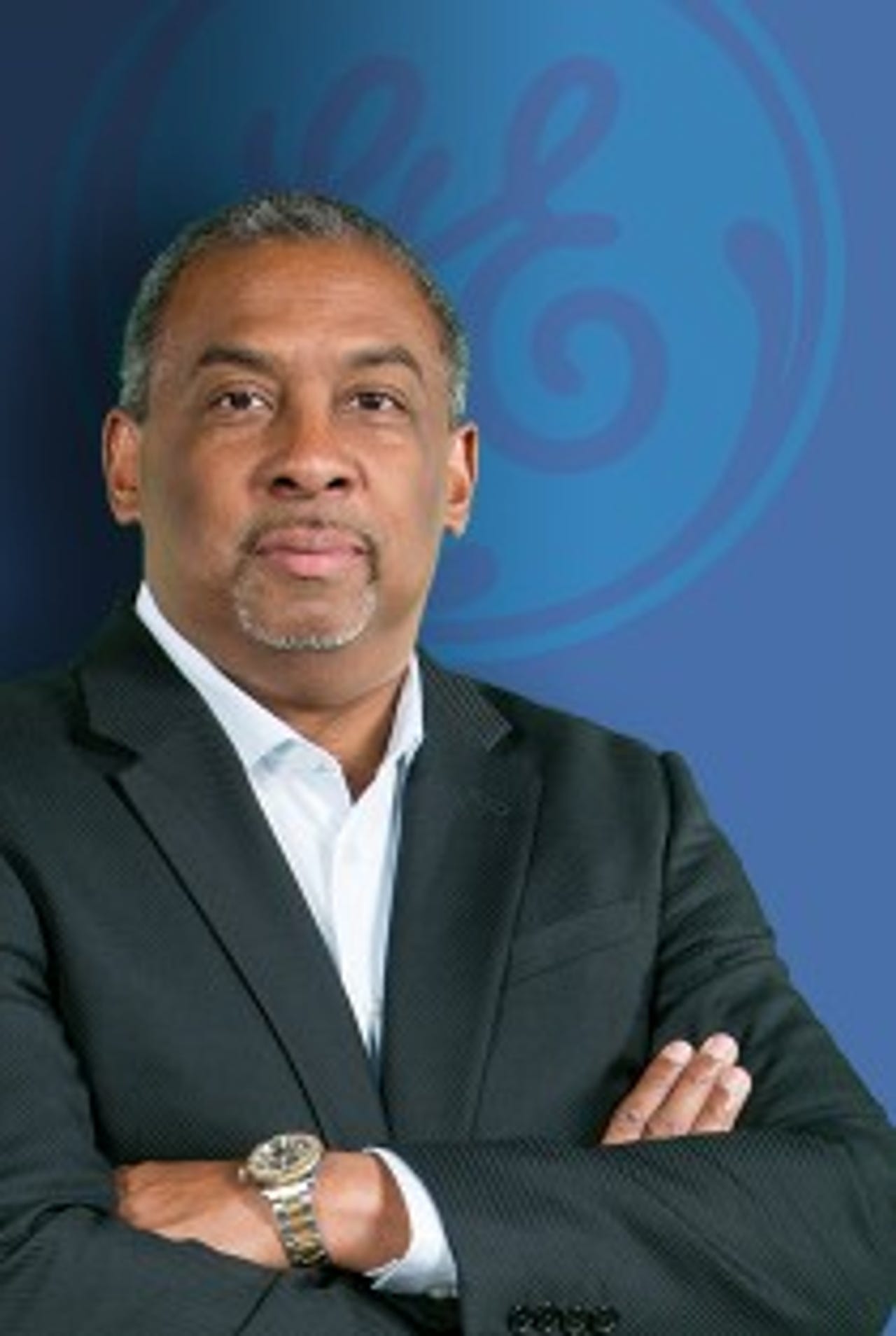GE aims to replicate Digital Twin success with security-focused Digital Ghost

General Electric is planning to launch products based on what it calls a Digital Ghost, a combination of its digital twin efforts and industrial control technologies, to thwart cyberattacks.
This effort, which is likely to be commercialized in the next year, aims to us physics to thwart attacks. Industrial machines would be able to sense anomalies that would trigger an autoimmune response to attacks.
GE's plans could have broad implications for the smart grid as well as smart cities. GE has already used its Digital Twin technology, which are models that replicate usage and wear on physical engines and turbines, to make its maintenance services more efficient.

Colin Parris, GE Research
We caught up to talk shop with Colin Parris, vice president of software research for GE Global Research. Here are the key takeaways.
What's a Digital Ghost? Parris explained how the Digital Ghost effort aims to complement GE's Digital Twin. Essentially, a Digital Ghost is a virtual version of the control systems found in industrial technology. Should there be an attack, the sensors in the turbine--or other engine--would note the anomaly for further investigation. "We're using physics to detect what's going on," said Parris. "We know what the normal state is for the machine." For instance, if a cyberattacker were to spoof a sensor it may be obvious if one sensor says it's 20 degrees and another says it's 200.
Why control systems? Parris said that control systems all have chips and every pin in the processor is tied to the operations of a systems. Power, signature and physical changes are all part of the equations. By using control systems, a company would be able to better protect infrastructure. "You can segment the problem and keep the machine running by isolating the anomaly," said Parris.
Commercialization. Parris said that GE's Digital Ghost effort is now a prototype that is being put through the paces. Engineers will have to look at the data and test the approach in the field. "We're doing pilots now and testing gas and steam turbines," he said.
Industries. Parris said the Digital Ghost approach can be used for smart grids and cities. Any infrastructure that has a built-in control system could benefit from Digital Ghost tools. The first effort will revolve around legacy systems.
Digital Twins. Parris said GE has deployed about 600,000 twins so far and the approach to living digital models has made servicing equipment much more efficient. "If you have the exact digital model, you have all the data and information about the environment. This data can give an early warning for problems so you can bring equipment out of service and plan ahead," he said. For maintenance services, the Digital Twin approach has enabled it to repair damage with lower costs and less customer disruption. Digital Twins also account for unique conditions such as an airline that flies its engines in high heat and dust.
The data economy. Parris expects that Digital Twins and the data that comes with them will influence more industries. For instance, an airline with less failure and more of a heads up about maintenance may pay less in insurance. Financial services firms may be more willing to finance aircraft and utilities.
Historical data. GE's service contracts require the customer to share data. This historical data can be valuable to GE's machine learning, but there's a catch. "If you don't use data right away you're not sure what you have," said Parris. He noted that companies typically stored data without worrying about cleansing and format issues. "You find out that historical data may not be that accurate or that you didn't collect the right data before," he said. One example would be Chinese airlines that used to fly long-haul flights, but now have hubs and shorter flights. "Some of that data you can't use," he said.
Domain knowledge. If companies are going to utilize a digital twin to model physical infrastructure, understanding the industry is critical. Domain knowledge can lead experts to collecting the right data for a task and make sense of usage patterns over time. Not surprisingly, GE has focused its Digital Twin efforts on aviation, power, renewables, oil and gas, medical and utilities.
Expansion. Nevertheless, Parris said GE will expand use of its Digital Twin tools. Everything from toilets to elevators to buildings can be managed better with the right data and models. GE's field of play is anything with rotating machinery involved. GE could tackle mining, smart cities, shipping and other industries. "The big trick will be finding the right data," said Parris.
Also: GE-backed Carbon launches 3D printing system SpeedCell
- GE, AT&T ink smart city deal around Current's CityIQ sensors
- GE, Nokia, Qualcomm bet private LTE networks will play a role in IoT deployments
- GE Transportation CEO Jamie Miller: Digital transformation requires a human touch
- GE Power aims to connect its platform with energy trading player PowerCosts
- GE Power lands Exelon as Predix customer, co-innovation partner